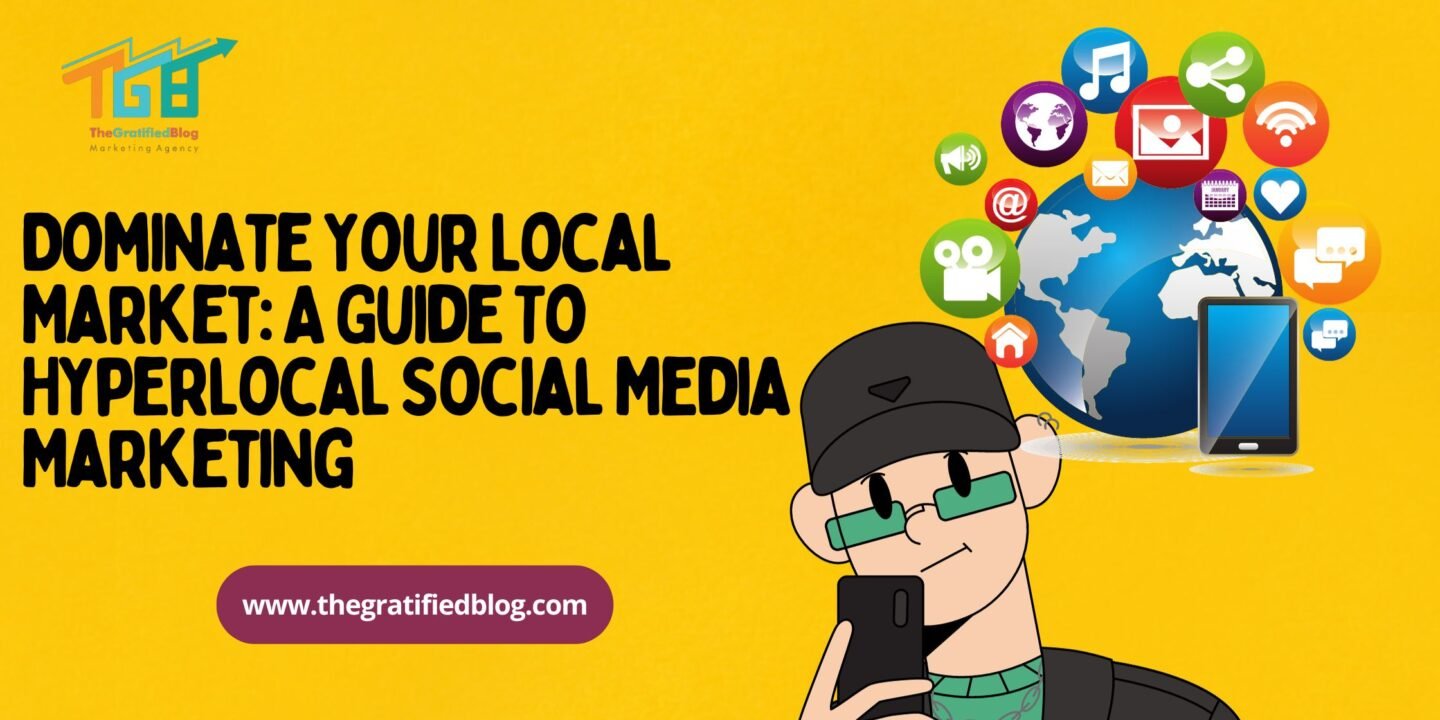
In an era where digital marketing rules the roost, businesses constantly seek innovative ways to target their audiences. While large-scale social media marketing strategies are effective for reaching a broader demographic, there’s a rising trend that’s becoming increasingly influential: hyperlocal social media marketing. This strategy allows businesses to connect with their community more personally and reap substantial benefits. This blog post will dive deep into hyperlocal social media marketing and examine its potential impact on your brand.
What Is Hyperlocal Social Media Marketing?
Hyperlocal social media marketing promotes products or services to a highly targeted, geographically limited audience. Instead of casting a wide net, businesses narrow their scope to engage with people in a specific geographic area, typically within a few miles of their location. The aim is to create a meaningful, community-oriented presence on social media platforms, fostering a stronger bond with local customers.
The Benefits Of Hyperlocal Social Media Marketing
Hyperlocal social media marketing offers a range of unique benefits for businesses looking to connect with their local communities. Here are some of the key advantages:
- Enhanced Community Engagement: Hyperlocal marketing allows you to engage with the local community actively. You create a more meaningful and personal connection with your audience by tailoring your content and interactions to local interests, culture, and events. This makes your brand feel like a genuine part of the neighborhood, fostering trust and goodwill.
- Build Trust and Loyalty: When you demonstrate a deep understanding of local concerns and interests, you’re more likely to earn the trust of your local audience. Trust, in turn, leads to customer loyalty. People tend to support businesses that actively support and engage with their community, which can lead to repeat business and positive word-of-mouth referrals.
- Effective Targeting: Hyperlocal marketing enables precise audience targeting. You can reach individuals who are physically close to your business location and, therefore, more inclined to frequent your store or engage with your services. This targeting can significantly increase your chances of converting leads into customers.
- Increased Foot Traffic: For brick-and-mortar businesses, hyperlocal marketing can drive more local customers through your doors. Promoting events, limited-time offers, and announcements to your local audience can attract foot traffic and boost sales.
- Cost-Effective: Hyperlocal marketing is often more cost-effective than broader marketing campaigns. With a more focused approach, you’re not wasting resources reaching an irrelevant or geographically distant audience. This efficiency can lead to a higher return on investment.
- Personalized Content: With a hyperlocal strategy, you can create highly customized content that directly addresses your local audience’s specific needs and interests. This personalization resonates with potential customers on a deeper level and can lead to higher engagement rates.
- Local SEO Benefits: Hyperlocal social media marketing has the potential to enhance your local search engine optimization (SEO). By consistently posting content relevant to your geographic area and engaging with local audiences, you increase the likelihood of achieving a higher ranking in local search results; this can be particularly advantageous for businesses with physical locations.
- Support for Local Causes: By engaging with local events, charities, and community initiatives, you show that your business cares about the community’s well-being. This enhances your brand’s reputation and aligns your business with local values, strengthening your connection with the community.
How To Get Started With Hyperlocal Social Media Marketing?
Getting started with hyperlocal social media marketing is a strategic process that involves understanding your local audience and crafting a tailored approach to engage with them effectively. Here are the steps to begin your hyperlocal social media marketing journey:
- Identify Your Local Audience: Start by defining your target audience within your local area. Understand their demographics, interests, preferences, and behaviors. Consider conducting surveys, analyzing local data, or using social media insights to understand your local audience. Know what makes your community unique and how your business can cater to their needs.
- Choose the Right Social Media Platforms: Not all platforms are equally effective for hyperlocal marketing. Select the platforms that are most popular among your local audience. Facebook, Instagram, Twitter, and community-specific platforms like Nextdoor can be excellent choices. Your choice of platforms should align with the social media habits of your target audience.
- Create Local Content: Craft content that speaks to your local audience. Share local stories, news, events, and culture. Showcase your involvement in the community, such as participation in local events, sponsorships, or charity work. Sharing content that resonates with your audience’s local identity will make your brand more relatable and engaging.
- Harness User-Generated Content: Motivate your customers to generate and distribute content. You are related to your business. This can include reviews, photos, and personal experiences. User-generated content lends authenticity to your brand and aids in expanding your reach to a broader local audience. Acknowledge and showcase this content on your social media profiles.
- Engage with Your Community: Actively participate in local discussions on social media platforms. Reply to comments, address inquiries, and actively participate in discussions about your niche and community. Show that you are genuinely interested in local matters and are there to contribute and help.
- Promote Local Events and Offers: Highlight local events, promotions, and exclusive offers can be showcased on your social media accounts. This not only attracts attention but also drives local traffic to your business. Share event details, exclusive discounts, and time-sensitive deals to create a sense of urgency among your local audience.
- Collaborate with Local Influencers: Collaborating with local influencers can expand your reach and credibility within the community. Identify influencers or micro-influencers with a significant local following and partner with them to promote your brand, products, or services.
- Use Local SEO Strategies: Implement local search engine optimization strategies by including location-based keywords in your social media posts and profile descriptions. This can contribute to your business being featured in local search results when users look for products or services within the area.
Platforms And Features For Hyperlocal Advertising
Hyperlocal advertising uses specific digital platforms and features that allow businesses to target and engage with a highly localized audience. Here are some of the critical platforms and features that can be instrumental in hyperlocal advertising:
Facebook Local Ads

Facebook offers a range of hyperlocal advertising options. With tools like “Local Awareness” ads, you can target users in a specific radius around your business. Additionally, Facebook allows you to create and manage a local business page to post updates and events and engage with local customers.
Instagram Location Tags

Instagram is an excellent platform for hyperlocal marketing, especially for visually appealing businesses. Use location tags to showcase your business in posts and stories, allowing users to discover your content when they search for posts in their local area.
Google My Business
Google My Business is a crucial platform for local businesses. It helps you manage your business’s online presence on Google Maps and search results. You can provide essential business information, post updates, and engage with customer reviews.
Google Local Ads
Google Ads allows you to create hyperlocal advertising campaigns with geotargeting. You can specify the radius around your business or even draw custom map shapes to target specific areas. Google Local Ads can be displayed in search results, Google Maps, and partner websites.
Nextdoor For Business
Nextdoor is a social network built around neighborhoods. It’s designed for local community engagement, making it a prime platform for hyperlocal advertising. It established a business page, shared regular updates, and promoted local events and offers.
Yelp Ads
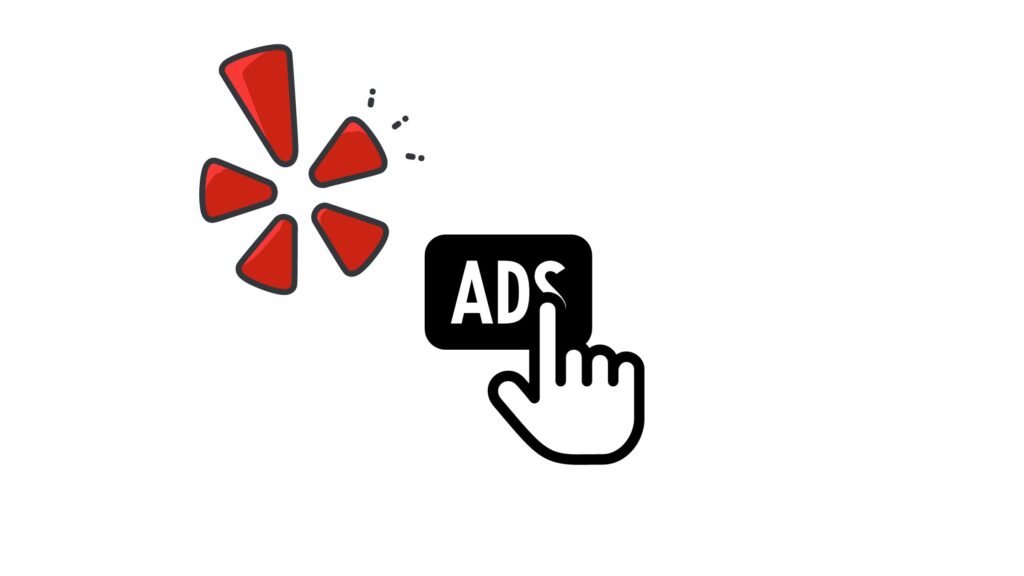
Yelp offers advertising options that allow you to target users searching for businesses in their local area. You can also create deals and promotions to attract local customers.
Snapchat Geofilters

Snapchat provides filters that allow businesses to create location-specific filters and lenses. Users can access these filters within a predefined geographical area, making it a fun and interactive way to engage with a local audience.
Twitter Local Trends And Hashtags

On Twitter, you can monitor and engage with local trends and hashtags. Use location-based hashtags or participate in local conversations to connect with a local audience.
Waze Local Ads
Waze, a GPS navigation app, offers advertising opportunities to promote your business to drivers in your area. You can create branded pins to guide users to your location and run ads based on location.
Local SEO
While not a platform, optimizing your website and content for local search engine optimization is critical. This includes using location-based keywords and creating content relevant to your local audience. This can aid in your business being featured in local search outcomes on platforms like Google.
Geo-Fencing And Beacon Technology
Advanced hyperlocal advertising strategies involve using geo-fencing and beacon technology. Geo-fencing allows you to create virtual perimeters around a specific area, sending location-based push notifications to users’ mobile devices. Beacons are small devices placed in your physical location that interact with users’ smartphones, providing personalized content and offers.
Common Challenges In Hyperlocal Advertising
Hyperlocal advertising can be a highly effective strategy, but it comes with its own set of challenges. Here are some common challenges:
- Audience Size Limitations: Hyperlocal targeting often means a smaller potential audience. This can challenge businesses that rely on volume to drive sales and conversions.
- Competition: In densely populated areas, there may be intense competition for advertising space, making it harder to stand out.
- Data Accuracy: Hyperlocal campaigns require precise location data. Inaccuracies in this data can lead to ads being displayed in the wrong locations, wasting ad spend.
- Ad Fatigue: In smaller geographic areas, users may see the same ads repeatedly, leading to ad fatigue and decreased engagement.
- Ad Budget Efficiency: Managing a hyperlocal campaign can sometimes be costlier due to the need for granular targeting and personalized content.
- Balancing Local and Global Marketing: Finding the right balance between local and global marketing efforts can be challenging for businesses with multiple locations.
FAQs
Q1. What Is An Example Of Hyperlocal Targeting?
Targeting social media ads to users within a 1-mile radius of a local coffee shop is an example of hyperlocal targeting.
Q2. What Is An Example Of Hyperlocal Social Marketing?
Creating Instagram posts and stories that showcase a local bakery’s daily specials, local events, and community involvement is an example of hyperlocal social media marketing.
Q3. How Can I Overcome Ad Fatigue In Hyperlocal Marketing?
To combat ad fatigue, frequently change your ad creatives, test different approaches, and ensure your content remains fresh and relevant.
Conclusion
Implementing hyperlocal social media marketing is an effective strategy. for businesses seeking to build strong community connections and drive local loyalty. By embracing the principles of hyperlocal marketing, you can unlock the potential of your immediate surroundings and create lasting, meaningful relationships with your local audience. What are your thoughts on hyperlocal marketing?
Have you had any success with it? We’d love to hear your experiences and insights, so please feel free to share in the comments below.




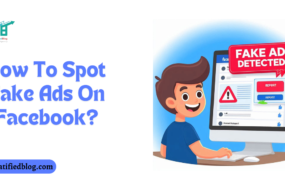
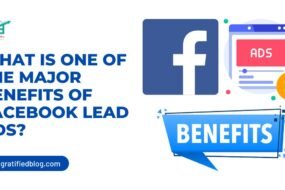

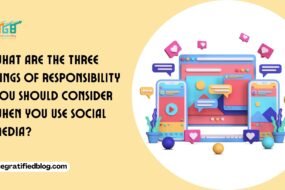
No Comments